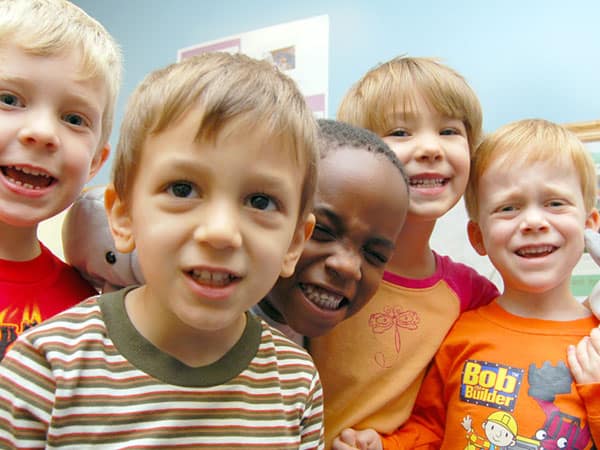Washington: A research found that just like adults, children by the age of five, make character judgement and adjust their behaviour towards people based on the facial features.
The study was published in Developmental Psychology.
“For centuries, philosophers, scientists and people, in general, have recognised that facial features fundamentally shape how we judge and behave toward others, yet most of that has been based on intuitions of how adults behave and perceive,” said Tessa E.S. Charlesworth, lead author of the study.
“What is surprising is that children, from such a young age, are also swayed by relatively arbitrary facial features in their consequential judgments and behaviours,” Charlesworth added.
Previous research found that children as young as three make decisions about a person’s character traits, such as trustworthiness, dominance and competence, by looking at their facial features, according to Charlesworth.
Although these snap judgments based on a person’s facial features may not be accurate or fair, research has shown they can have real-world consequences in elections, hiring and the harshness of criminal sentencing, said Charlesworth.
These consequences, however, have so far only been shown among adults. Whether these consequences also appeared in the behaviour of children, until the present study, were unknown.
“Our study showed that children from the age of five, but not younger, appear to consistently use facial features in deciding how they should behave toward a person as well as their expectations of the other person’s behaviour. In other words, children’s judgments from faces do appear to have consequences for behaviour,” she said.
The researchers conducted a series of four experiments with nearly 350 children between the ages of three and 13. Some experiments also included samples of adult participants.
In the first set of experiments, the researchers explored whether children would be able to predict what type of behaviour would be associated with a specific face.
The children and adults looked at pairs of computer-generated faces that were designed to be perceived as trustworthy or untrustworthy, dominant or submissive and competent or incompetent.
Participants were asked questions as the faces appeared on the screen, such as which person they thought was ‘mean’ or ‘nice’ and which person they thought would ‘pick up heavy things’ or know ‘how to sing a lot of different songs’. One of the experiments also used faces with even more subtle features.
Overall, children of three years and older, as well as adults, almost always (88 per cent of the time) made the stereotypically expected character judgments of the faces.
They selected the trustworthy, submissive and competent looking faces as ‘nice’ and the untrustworthy, incompetent, and dominant looking faces as ‘mean, according to Charlesworth.
Additionally, children from the age of five and above would pair faces with the stereotypically expected behaviours (e.g., selecting the dominant-looking face as the person who would ‘pick up heavy things’). The older the child was the more likely he or she was to pair faces with the stereotypically expected behaviour.
“This shows that children from as early as kindergarten use facial appearance to determine meaningful judgments and expectations of others’ behaviour,” said Charlesworth.
The second set of experiments examined how children would behave toward people based on facial appearance. The participants looked at pairs of faces that were perceived to be trustworthy or untrustworthy-looking and dominant- or submissive-looking and asked to pick which person they would rather give a gift to.
“By the age of five, children were consistently above chance in giving their gifts to the trustworthy or submissive looking faces. Although the youngest children, three years old, were not more likely than chance to give gifts to the trustworthy- or submissive-looking faces,” said Charlesworth.
“We have a misguided notion that children are empty vessels into which culture slowly pours itself as they mature,” said Mahzarin R. Banaji, the study’s co-authors.
[source_without_link]ANI[/source_without_link]

